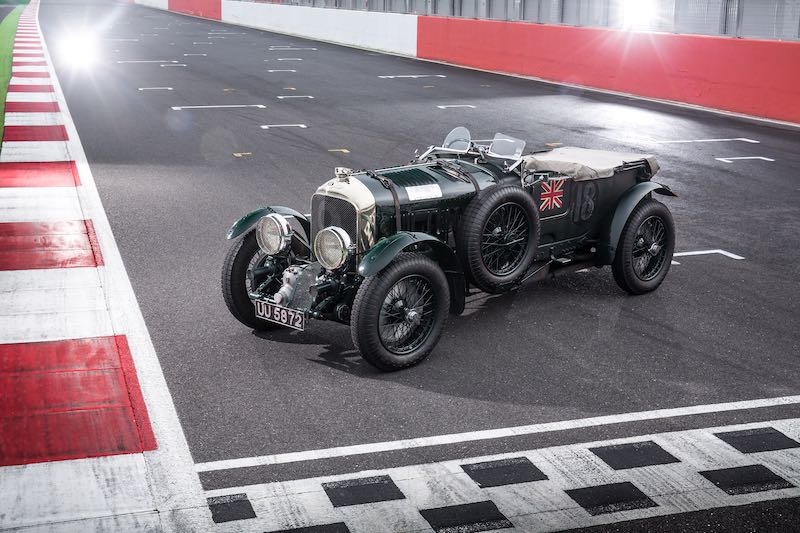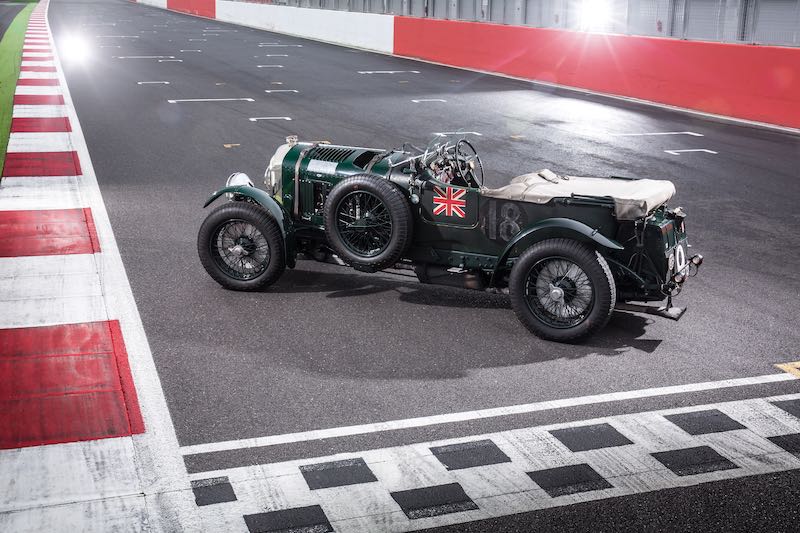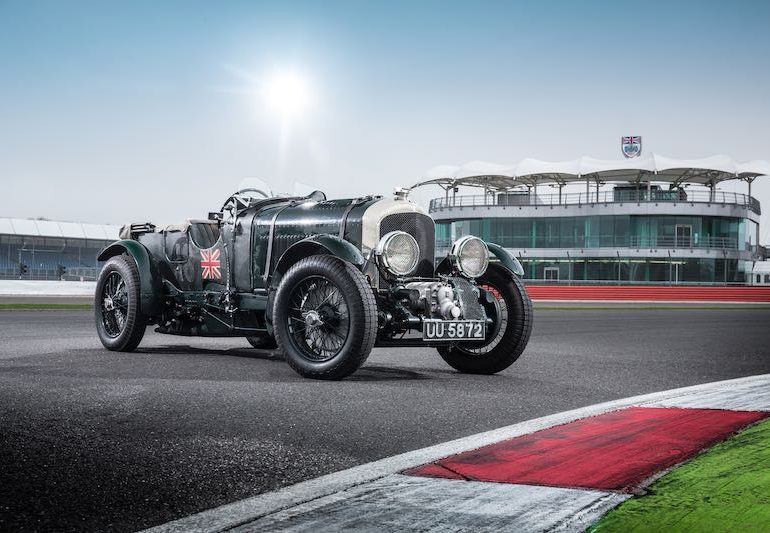As Bentley marks its centenary year in 2019, the British company’s ground-breaking supercharged model of the pre-war years won the marque a legion of motor sport fans around the world. The legendary ‘Blower’ Bentley, with a supercharged engine, was sensationally quick in 1929. Especially with Bentley Boy, Sir Henry ‘Tim’ Birkin, sat behind the steering wheel.
Birkin and the Blower are intrinsically linked together in this sepia-toned era of British motor racing history. It was Birkin’s quest for speed that created the Blower, later recording heroic drives at the Le Mans 24 Hours and the French Grand Prix. He also broke the Brooklands outer-circuit lap record, the most coveted racing circuit of the time.
The supercharged engine ultimately ensured the 4 1/2 Litre model became the most iconic racing Bentley of the pre-war years. The Bentley 4 1/2 Litre was nearing the end of its development cycle by 1928, as other manufacturers finally began to catch up with founder W.O. Bentley’s superlative engine design. W.O.’s response was to increase the engine capacity, and his 6 1/2 Litre model won Le Mans in 1929 and 1930.
However, racing driver Sir Henry Birkin, who was already a schoolboy hero across Britain for his considerable achievements on the track, had another idea. He wanted to apply an innovative supercharger to the engine of the existing 4 1/2 Litre car instead.
To W.O.’s displeasure, Birkin persuaded Bentley’s new owner and chairman, fellow Bentley Boy and British financier, Woolf Barnato, to build him five supercharged Blowers for the racetrack. And to meet the racing rules of the era, 50 production Blower Bentleys were built for the road too.
Placing the supercharger in front of the crankshaft gave the Blower Bentley a unique appearance. It increased the power of the 4 1/2 Litre from 110 bhp to 175 bhp and, with Birkin at the wheel, it was sensationally fast.

W.O. Bentley described Birkin as “the greatest Briton of his time”. An aristocrat who fought in the First World War, Birkin returned from the front with a thirst for adrenaline and a total disregard for danger on the racetrack.
His dual with Mercedes-Benz driver, Rudolf Caracciola at the 1930 Le Mans 24 Hour has passed into legend. Bentley fielded three team Speed Sixes for the event, as well as Birkin’s team of supercharged 4 1/2 Litre Bentleys.
Birkin and Caracciola were neck and neck from the start, with the British hero at one point passing his rival at high-speed with two wheels on the grass. Neither car lasted the course and the race was eventually won by Barnato in a Bentley Speed Six.
Few cars have enjoyed the impact of the Blower Bentley. Many believe that Birkin only knew one way to drive, flat out for the win. Had he managed his race better over the gruelling 24-hour period at Le Mans, the result may have been different.

The Blower’s finest hour was in the 1930 French Grand Prix at Pau when, amid a field of lighter Bugattis, Birkin drove his two-ton car to a remarkable second place podium finish. The Blower is still believed to be the heaviest car ever entered in a Grand Prix.
Another version of the Blower was later converted into a single-seater and raced on the banked circuit at Brooklands in Surrey. With the engine output increased to 240 bhp, Birkin achieved 222 km/h (137.9 mph) when breaking the Brooklands lap record, his car often airborne due to the poor quality of the surface.
July 10, 2019 marks Bentley’s 100th year — a milestone achieved by only a few companies. To celebrate the occasion, a year-long series of special activities has been planned, with celebrations at events around the world. These will showcase Bentley’s motoring evolution over the last 100 years.
[Source: Bentley]





